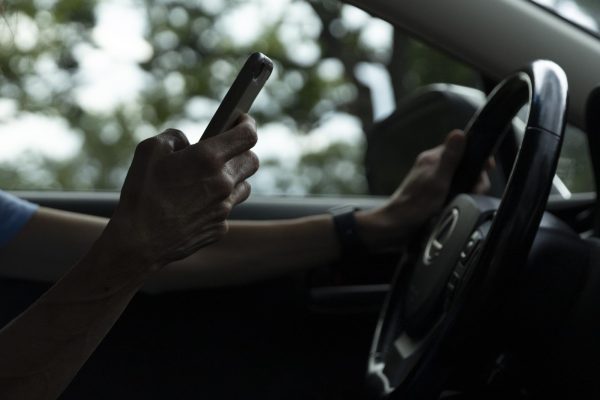Public shootings on the rise
It’s not yet February and the U.S. has seen nine public shootings, eight of which occurred in a school setting.
In 2013 alone, Reddit found 365 shootings in the U.S., or an average of one a day.
According to the FBI, the average active shooter incident lasts about 12 minutes, with nearly half of all attacks ending before law enforcement officials are on the scene. Arming yourself with a plan could mean the difference between survival and becoming a victim.
One video that might save your life is “Run, Hide, Fight” from Ready Houston, which created the program to prepare those living in southeast Texas for an active shooter scenario.
The Department of Homeland Security, along with law enforcement agencies across the country, has since shared the video with communities.
“Run, Hide, Fight” simulates an active shooter situation in a workplace setting. The video gives viewers three options: run from the shooter, barricade and hide or attack the perpetrator.
The Bureau of Alcohol Tobacco and Firearms is one of many government agencies promoting active-shooter training. Chief Security Officer Michael Gleysteen, a 25-year ATF veteran, said he believes the solution is prevention and reaction.
“The reaction portion of an active-shooter incident has very specific written protocols we follow,” Gleysteen said. “The second part is preventing these type of events from reoccurring, which is substantially more difficult.”
While the FBI has created an average active shooter profile, Gleysteen believes watching for “red flag indicators” could be the key to saving lives.
“The problem with following profiles is that they can be misleading and you might be dismissive of someone because statistically they’re not likely to be a perpetrator,” he said. “Red flags are better indicators of employees with problems.”
Some elementary schools, such as Howe Hall Arts-Infused Magnet School in Goose Creek, S.C., have orchestrated realistic school safety drills — gunmen and fake blood included. This is not as easy for large universities, such as Oakland University with its 20,000 students.
Capt. Mark Gordon of the Oakland University Police Department, explained that OUPD has yet to conquer the issue of campus wide lockdowns.
“You’re dealing with students, but they’re over 18 and they’re adults, they don’t have to listen to you,” Gordon said. “When you try to mandate an entire lockdown of a campus, it’s hard.”
Educating and training faculty is a much simpler task, Gordon said, adding that educating leaders is the best way to tackle the issues.
The university allows anybody at OU to submit a form if an individual is perceived as a threat.
A committee of OUPD officers, the dean of students and a psychiatrist examines the behavior of the person reported and determines a response.
“In essence, what we’re doing is putting out a net to catch dangerous people before they reach the point where they become shooters,” Gordon said.







